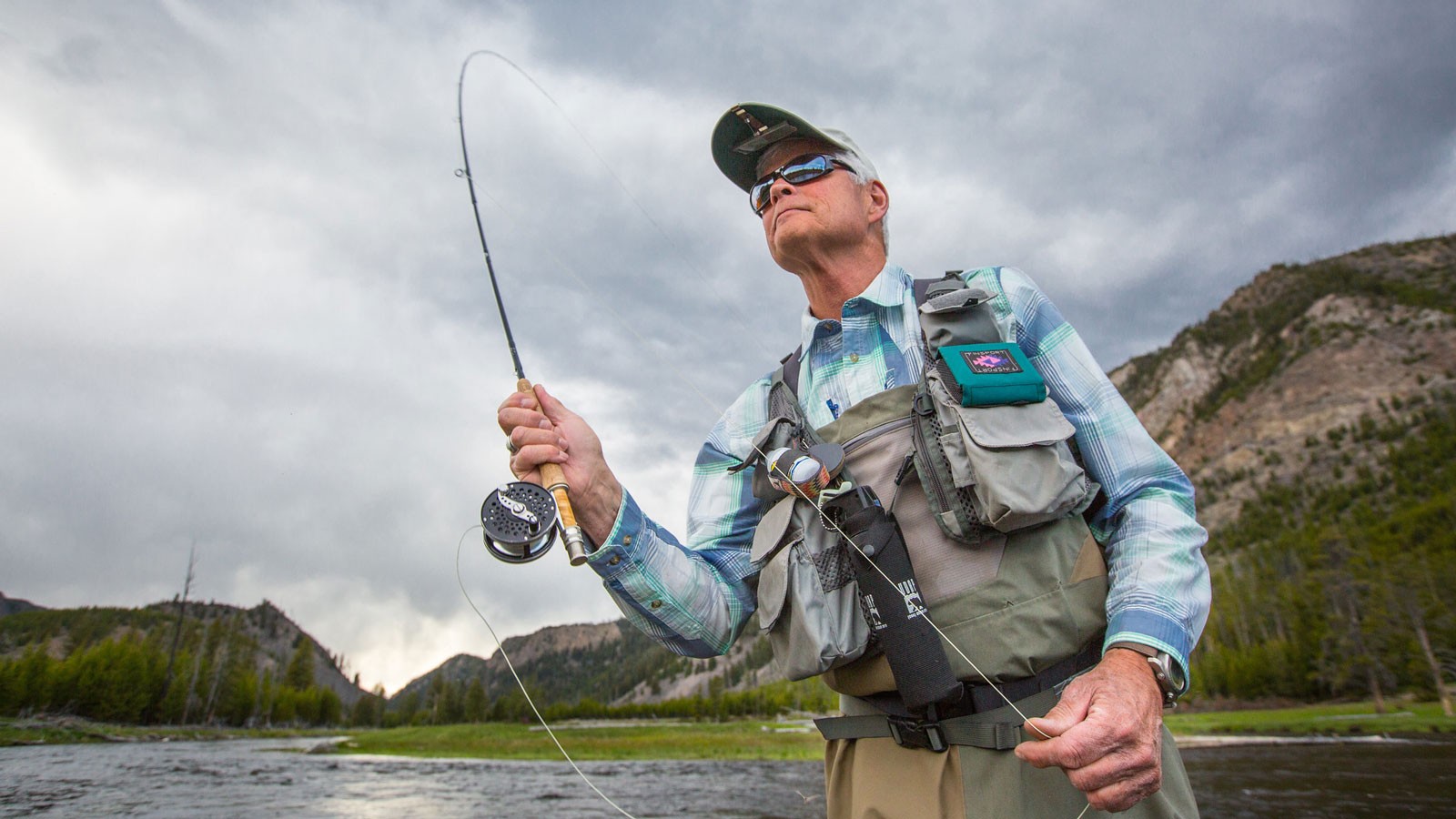Speed Baiting: New Report Offers Strategy for Increasingly Crowded Utah Fishing
By Lael Gilbert |
There may, as they say, be plenty of fish in the sea — but angling opportunities on Utah’s streams, rivers and lakes are getting more crowded.
The number of anglers trying their luck on Utah waters has consistently increased over the years, meanwhile it’s getting more expensive for state managers to raise and stock gamefish and increasingly difficult to access water-based recreation during the ongoing megadrought.
Managers of fisheries in the state are being asked to do more with less these days, and they’re working more strategically to create sustainable opportunities for everyone picking up a rod and reel. A new report from a team led by Jordan Smith identifies a creative approach for possibly increasing recreation capacity for fishing in the state, and it’s a bit like matchmaking.
“The key to offering a satisfying day of fishing begins by determining what kind of experience an angler wants and then matching them with those resources,” said Smith, from the Institute of Outdoor Recreation and Tourism in the Quinney College of Natural Resources.
According to surveys completed by the team, a major motivation for anglers is getting away from crowds in natural settings to relax. Beyond that, there is a lot of variation among anglers in the kinds of experiences they want. Ultimately, your motivation to fish depends on who you are and the type of experience you want to have, Smith said.
“Outside of a few commonly shared motivations it’s not really possible or useful to make generalized assumptions about anglers as a whole,” said Chase Lamborn, coauthor on the research.
Using the data, the team created distinct angler profiles for different kinds of fishing experiences. The profiles allow managers to cultivate an array of opportunities that offer Utah’s anglers satisfying experiences, Lamborn said.
With the results from their extensive user survey the team found anglers in Utah can be classified by motivation into five relatively distinct groups:
- Explorers.
- Social Anglers.
- Catch-Focused Anglers.
- Ambivalent Anglers.
- Catch & Consume Anglers.
“Those in the Explorers and Social Anglers groups tend to be most receptive to new experiences, although their preferences, behaviors and motivations differ,” Lamborn said.
Ambivalent and Catch & Consume anglers are the least likely to seek new experiences.
“Anglers with different motivations may use the same fisheries, but in different ways,” Lamborn said. This emphasizes the need for individual fisheries to provide a diverse spectrum of opportunities, he said.
For example, a single reservoir can provide more remote, secluded and natural areas for Explorers, and for Social Anglers looking for easier access, a place to meet with friends and family. Catch-Focused Anglers may target tailwaters, while Catch & Consume Anglers are more likely to seek familiar areas with good water quality and a high likelihood of catching fish, so they can take home fish that are safe to eat.
“The report identifies specific elements that are fundamental to the fishing experience, which helps managers understand what needs to be preserved or enhanced in Utah fisheries,” Lamborn said. “Managers can use this information to devise recreation solutions that enhance the sustainability of Utah’s fisheries and also meet the fundamental motivations of the public, hopefully winning public support along the way,” he said.
WRITER
Lael Gilbert
Public Relations Specialist
Quinney College of Natural Resources
435-797-8455
lael.gilbert@usu.edu
CONTACT
Jordan Smith
Director
Institute of Outdoor Recreation and Tourism
435-830-6294
Jordan.smith@usu.edu
TOPICS
Research 878stories Water 259stories Rivers 101stories Animals 90stories Outdoor 80stories Culture 75stories Recreation 69storiesComments and questions regarding this article may be directed to the contact person listed on this page.







